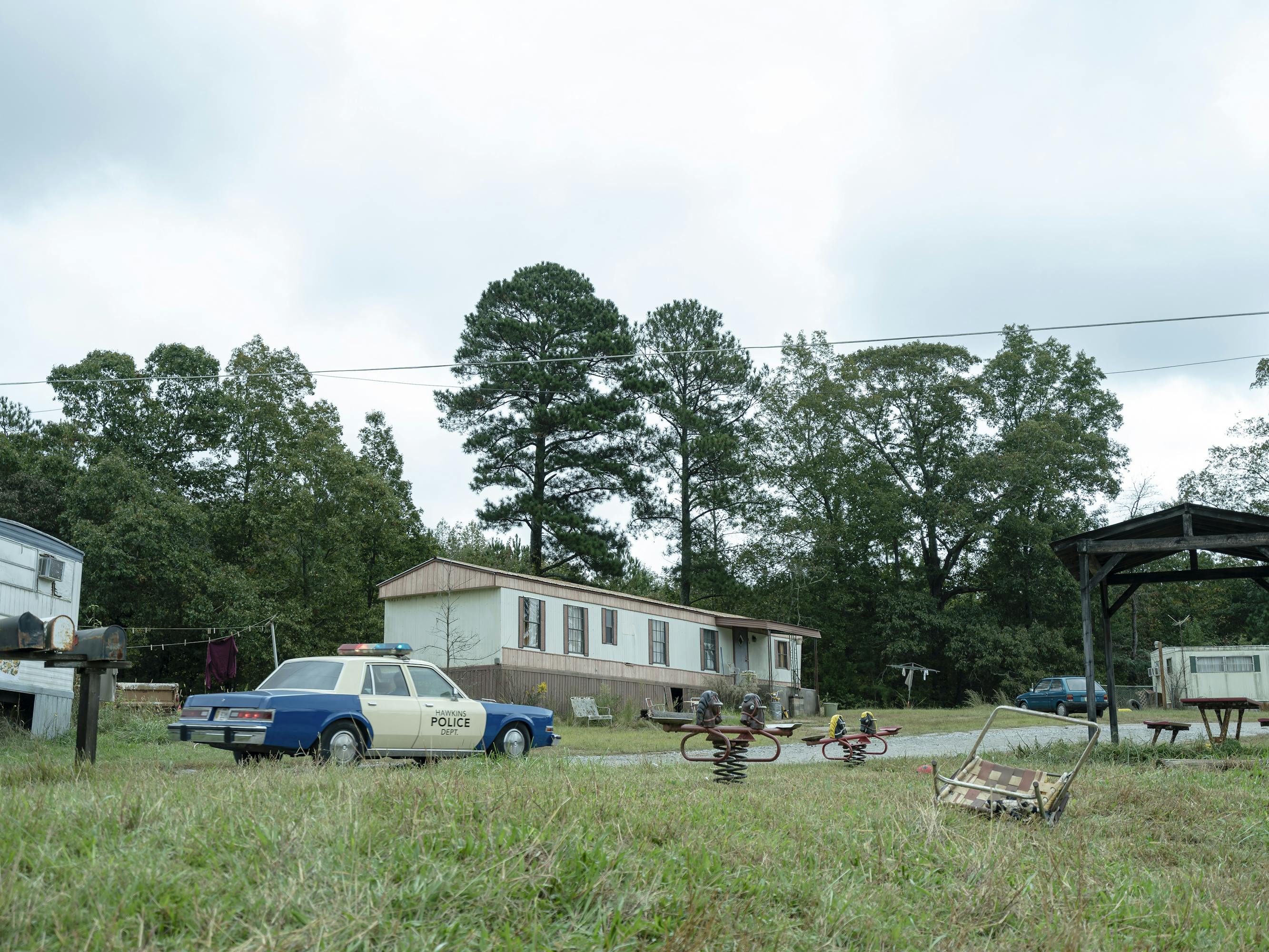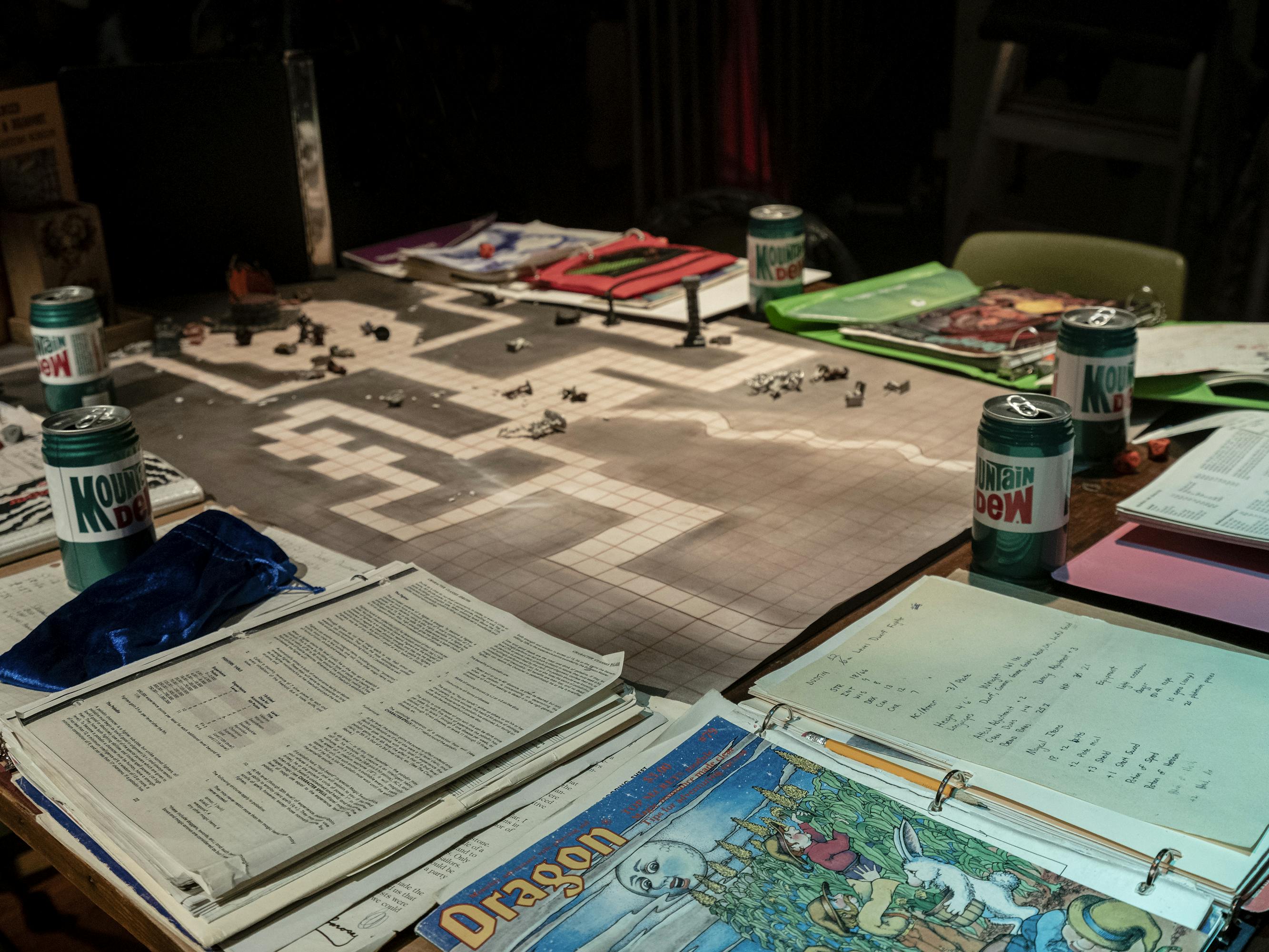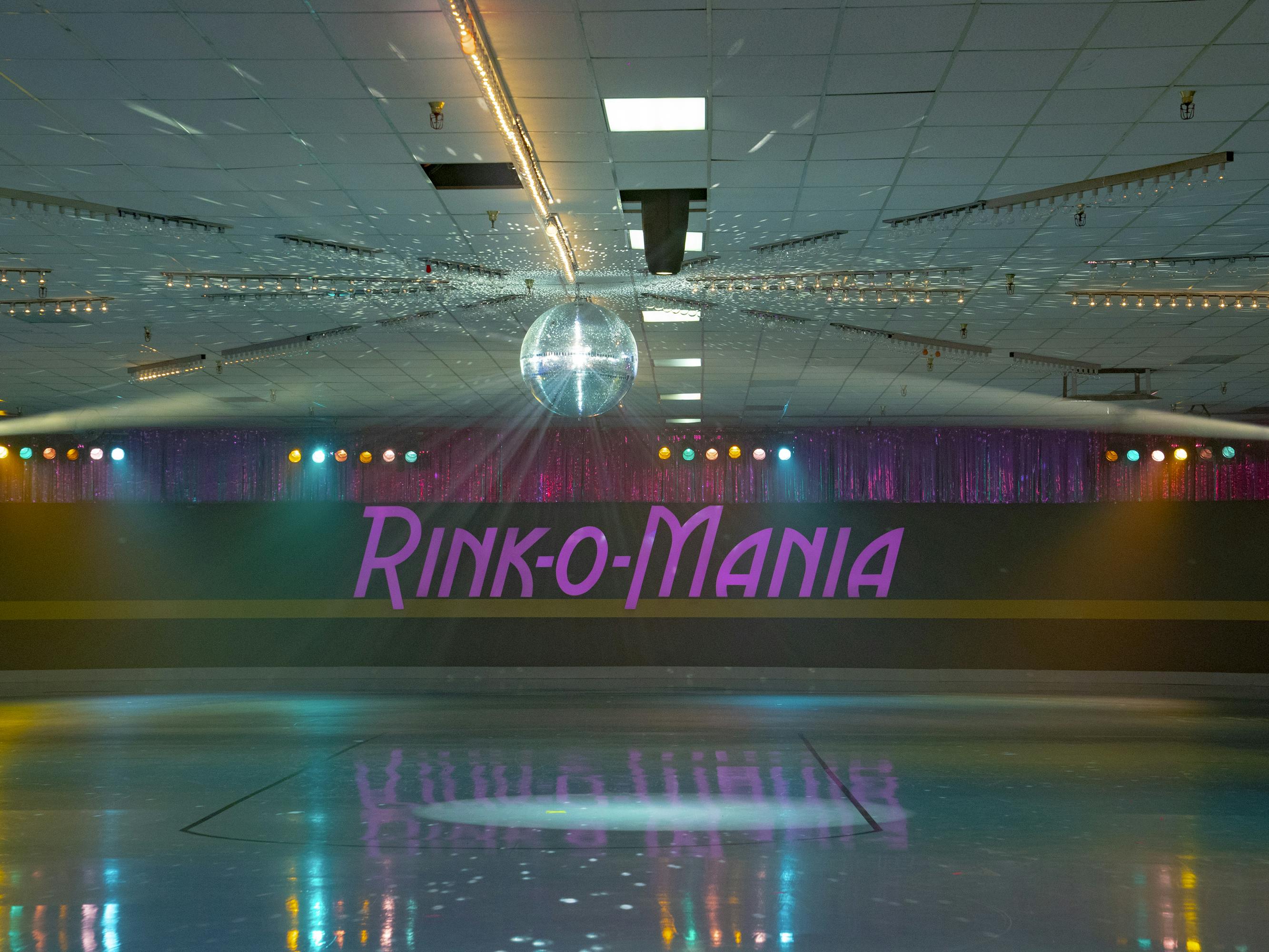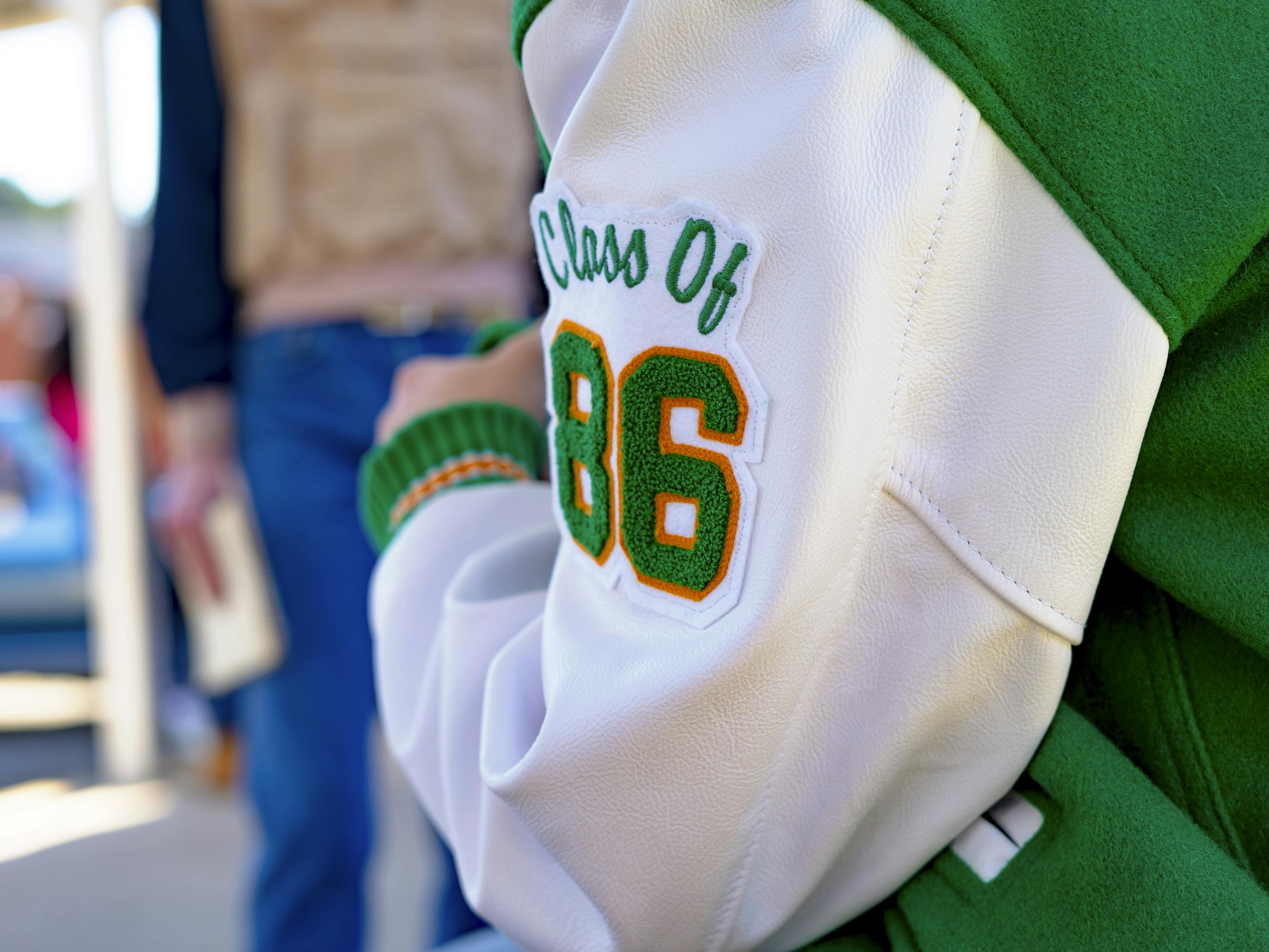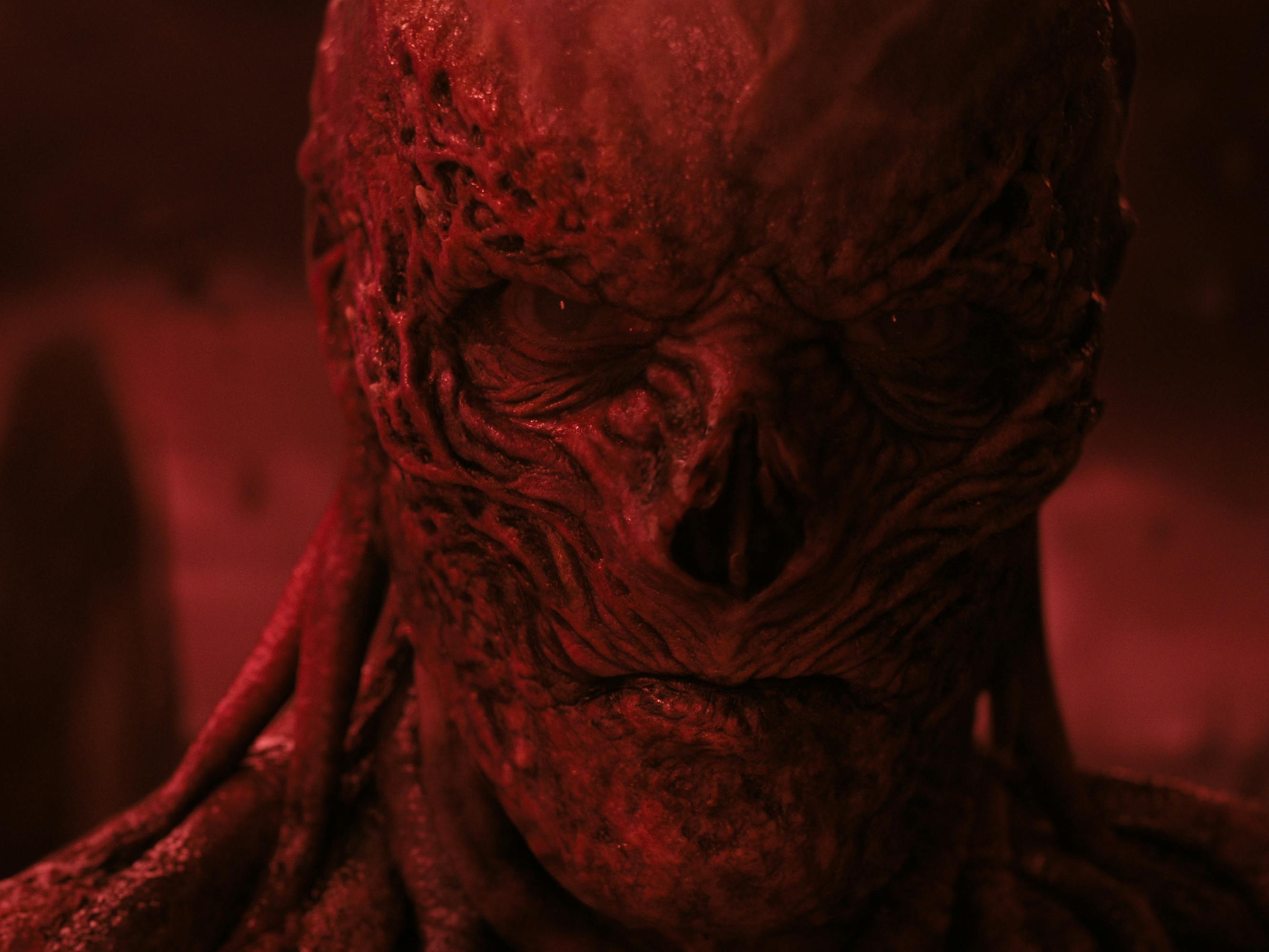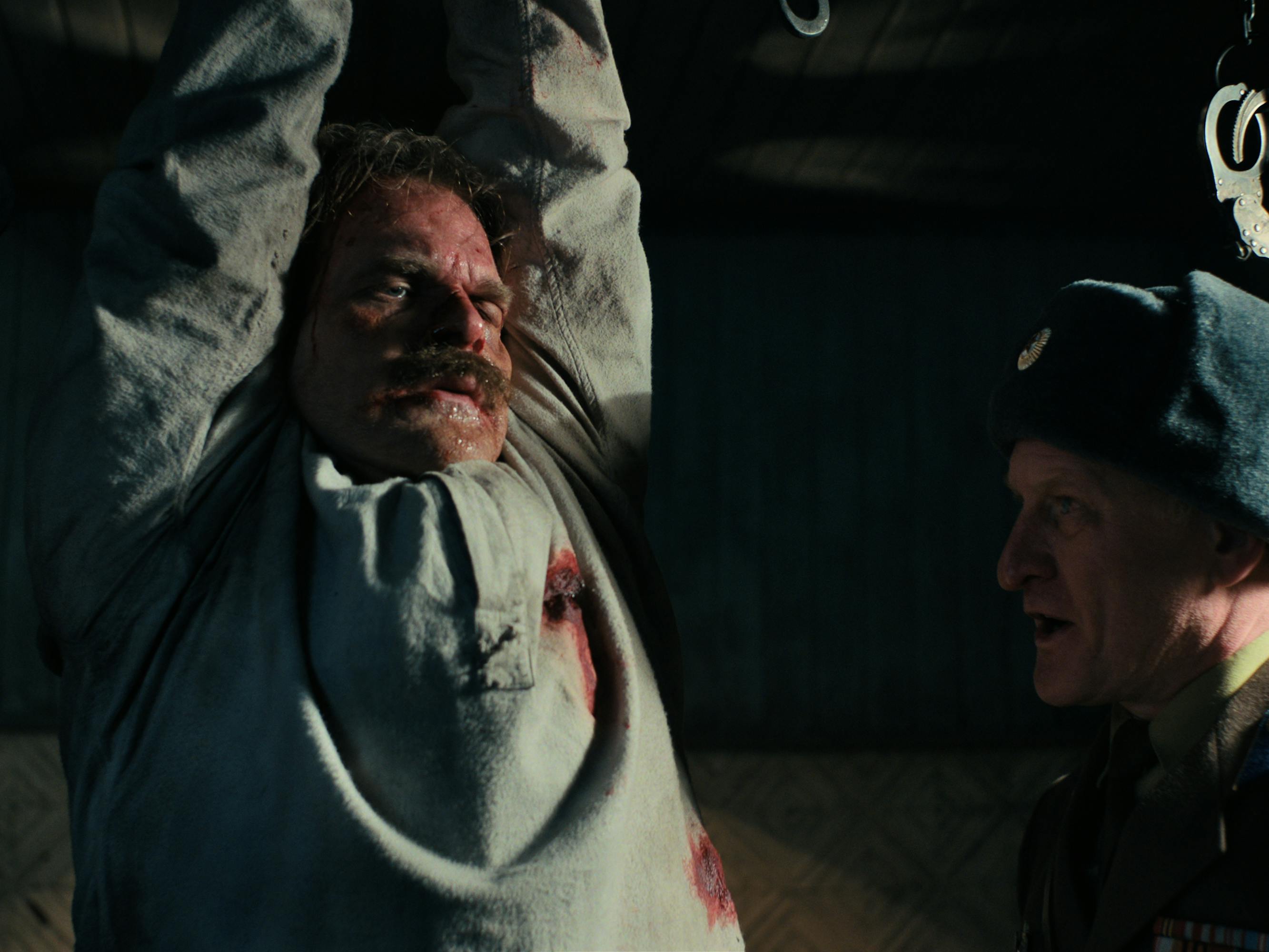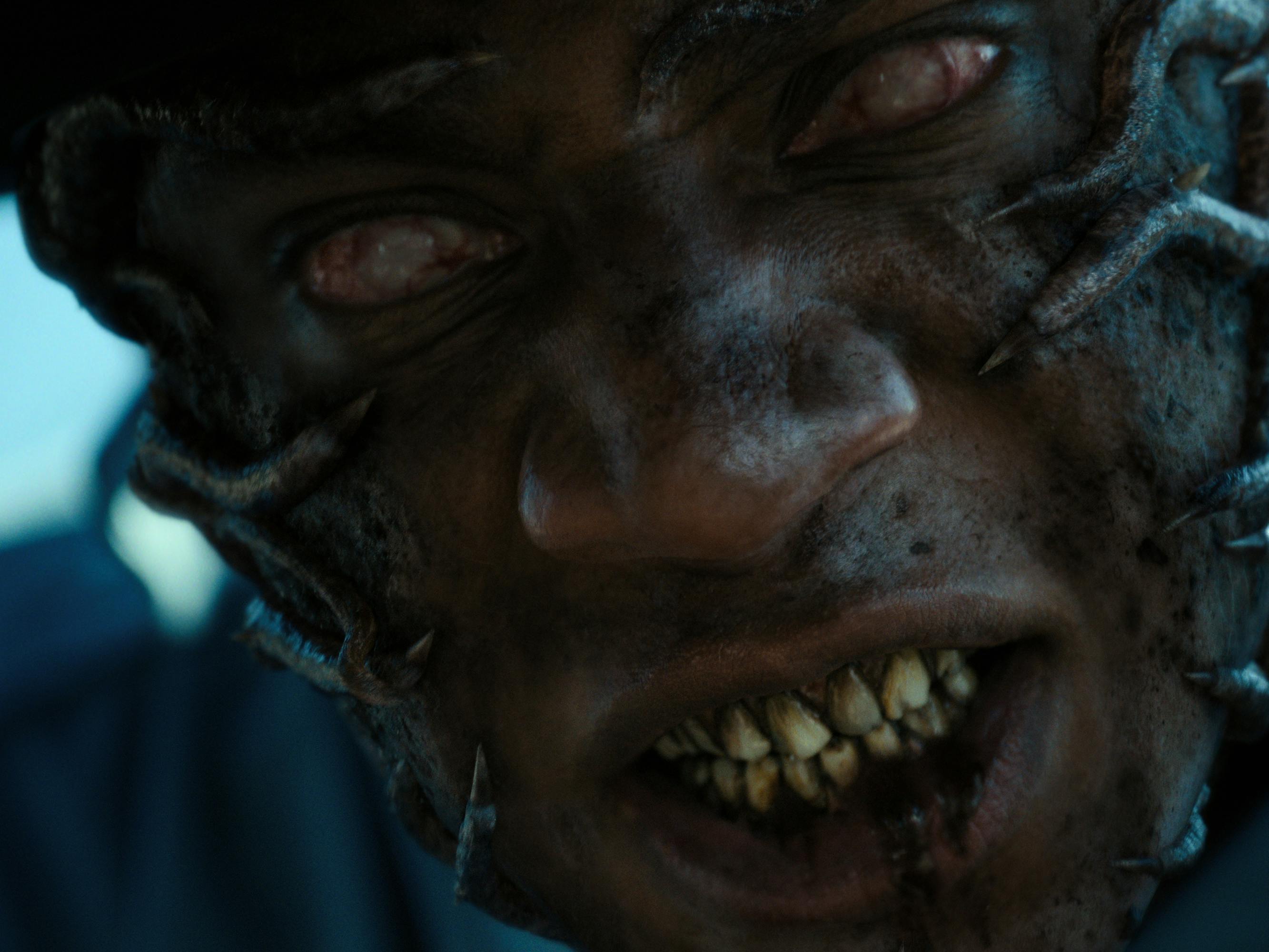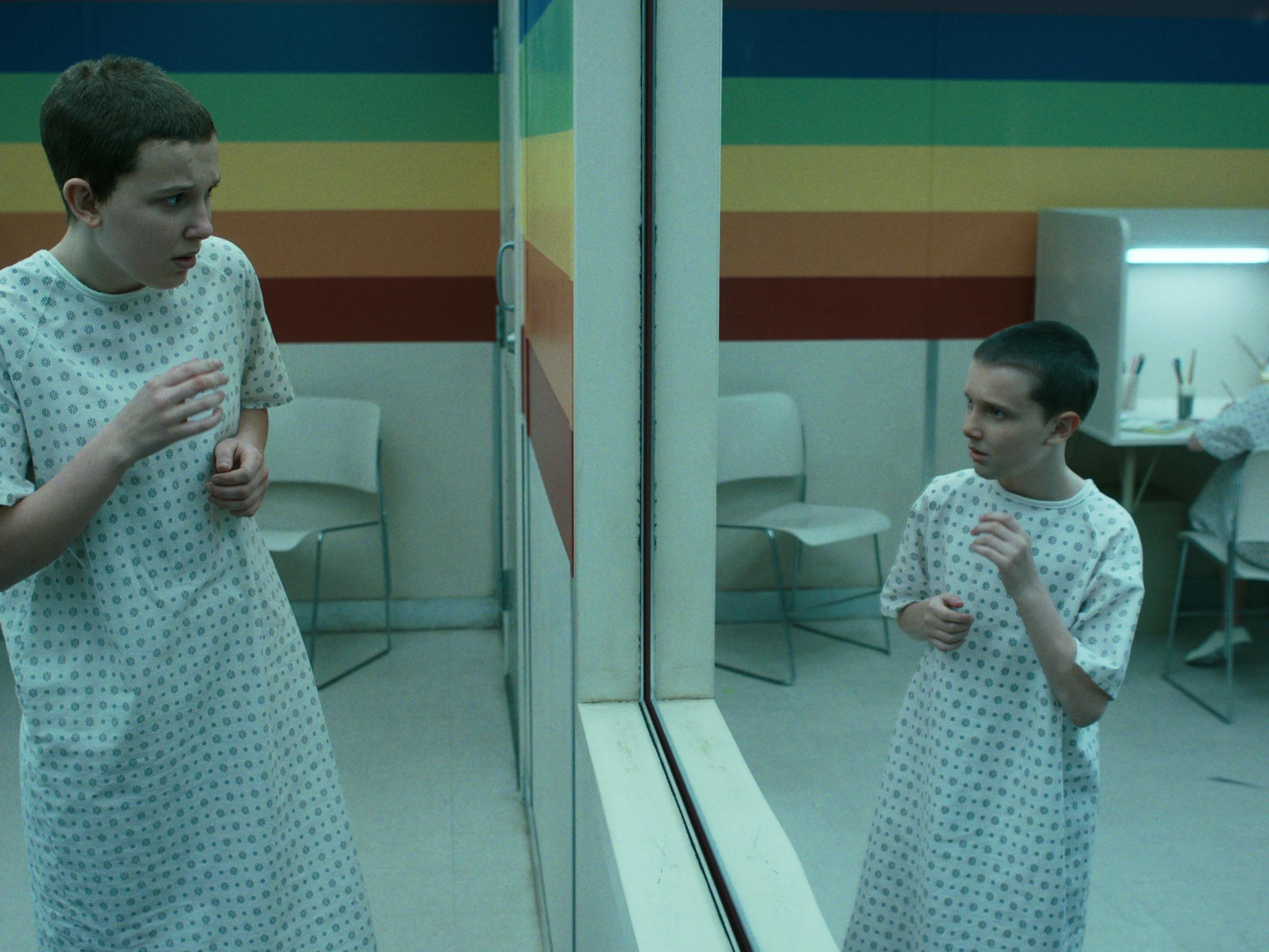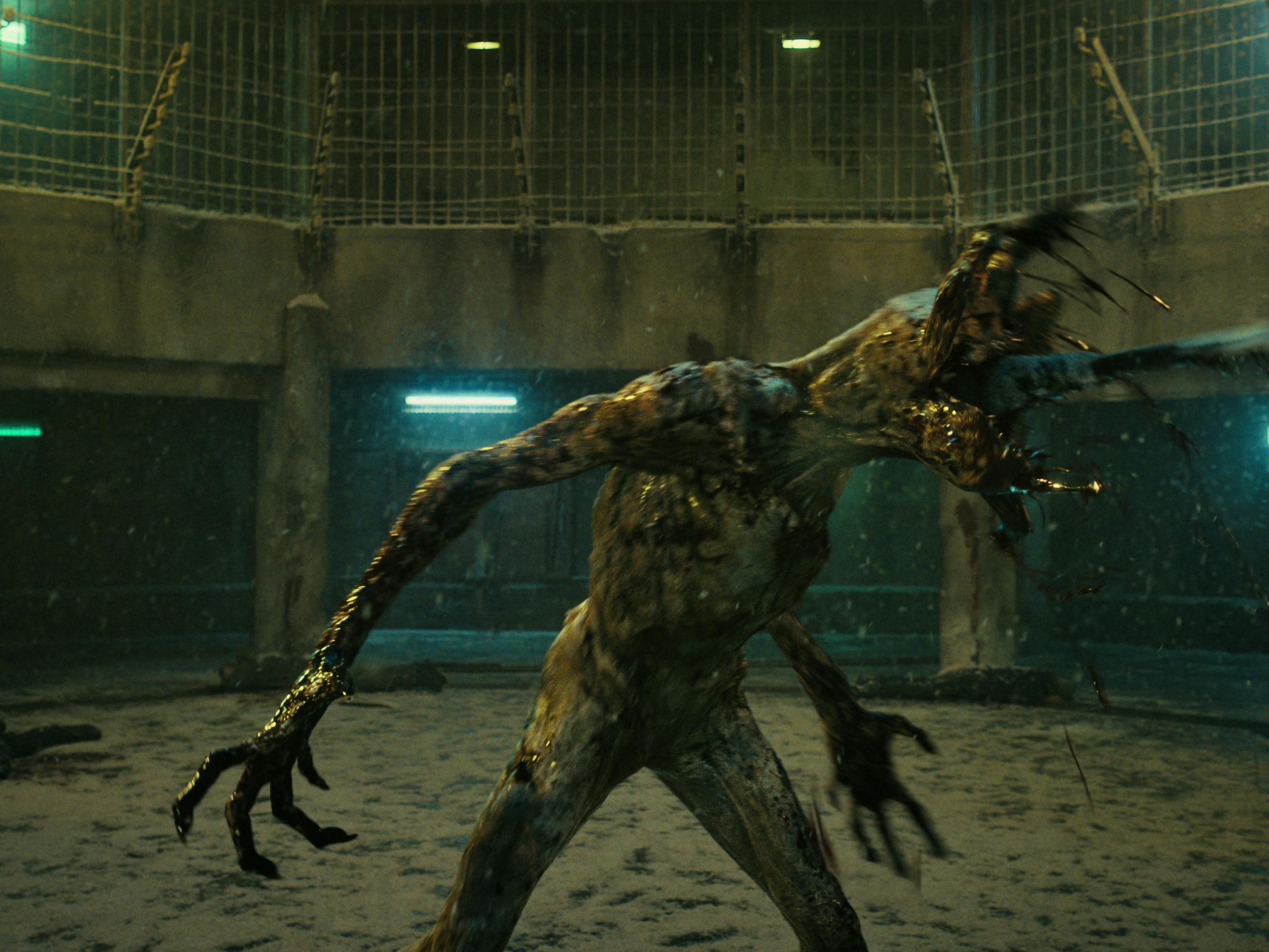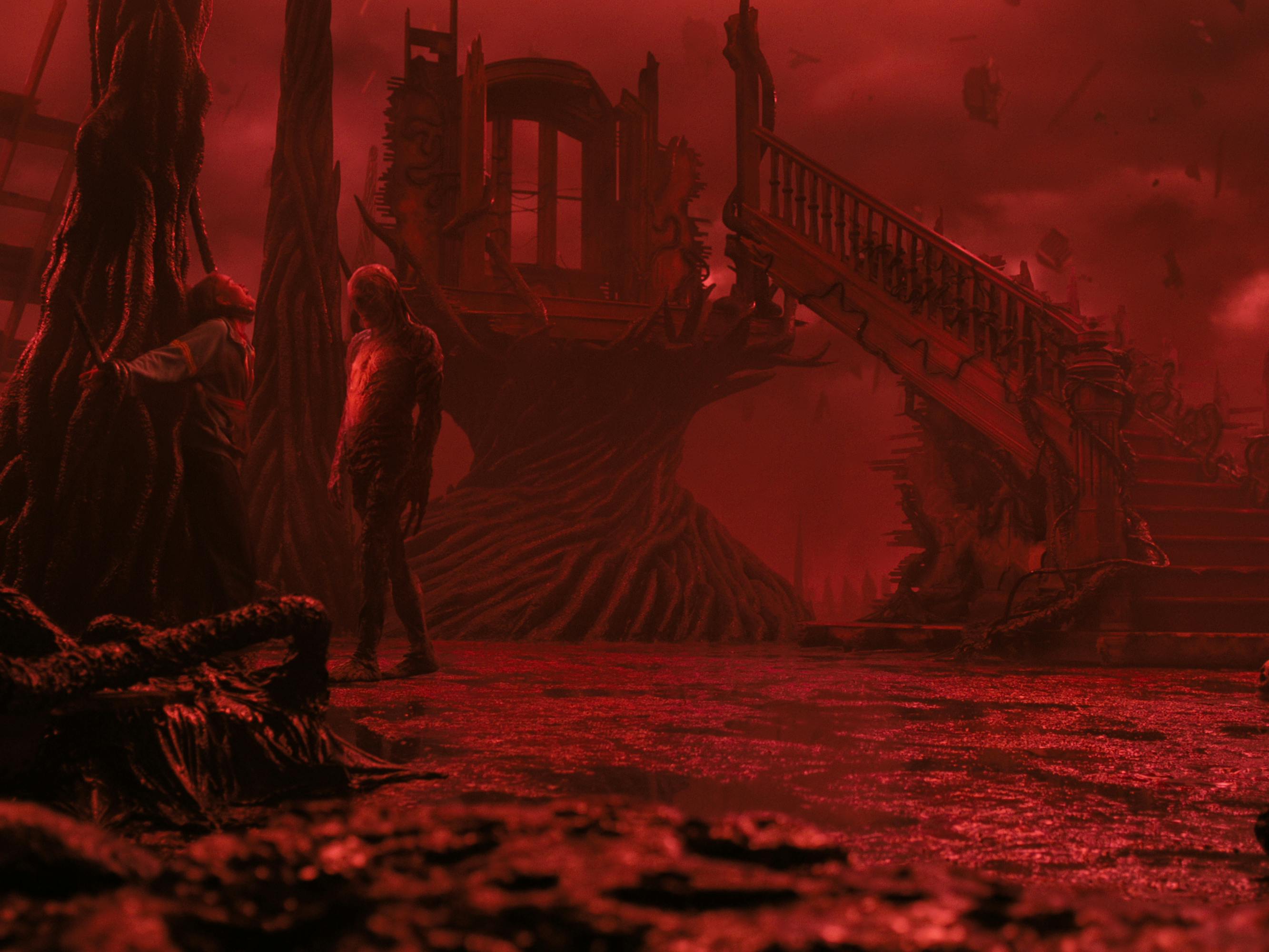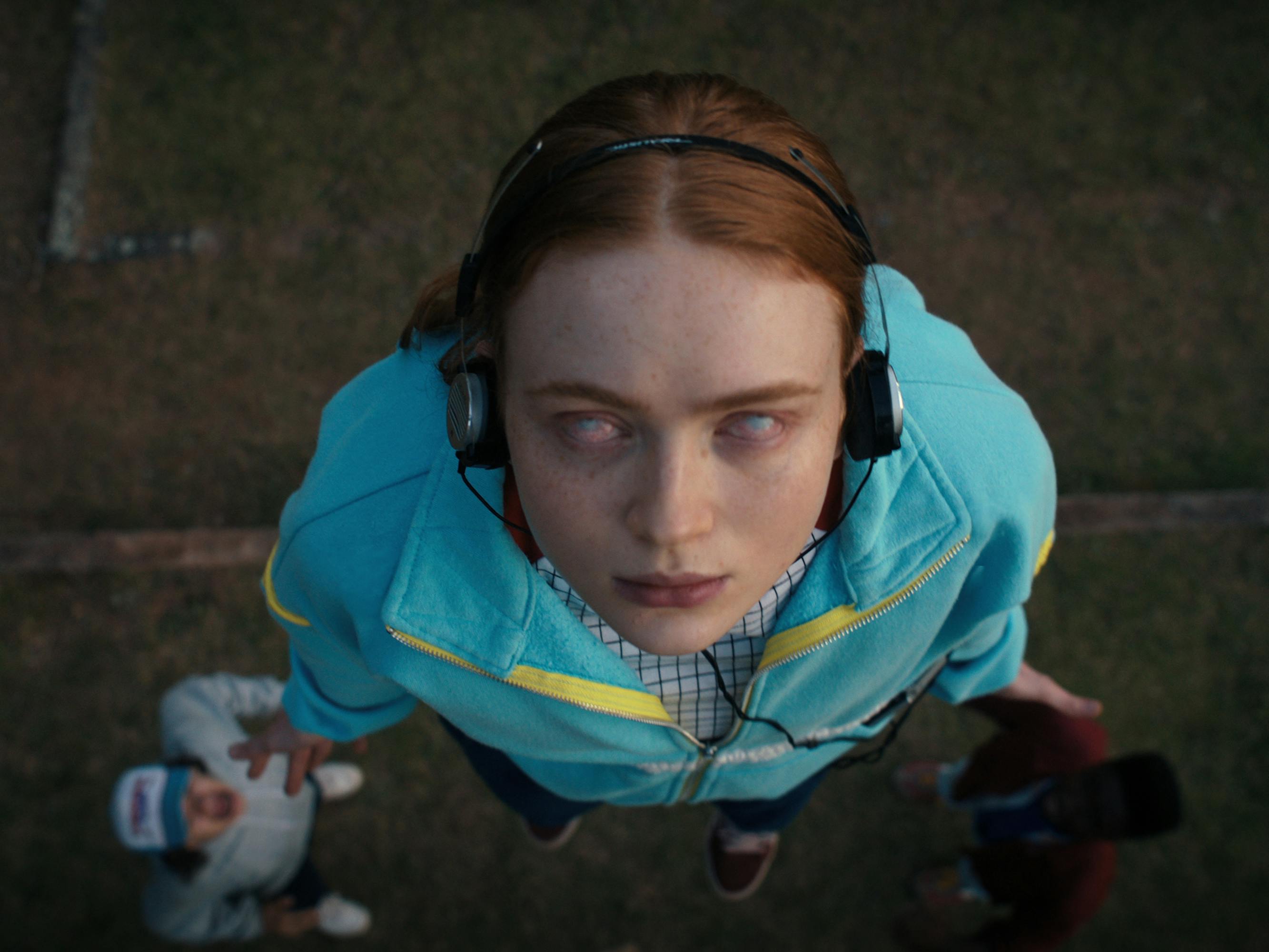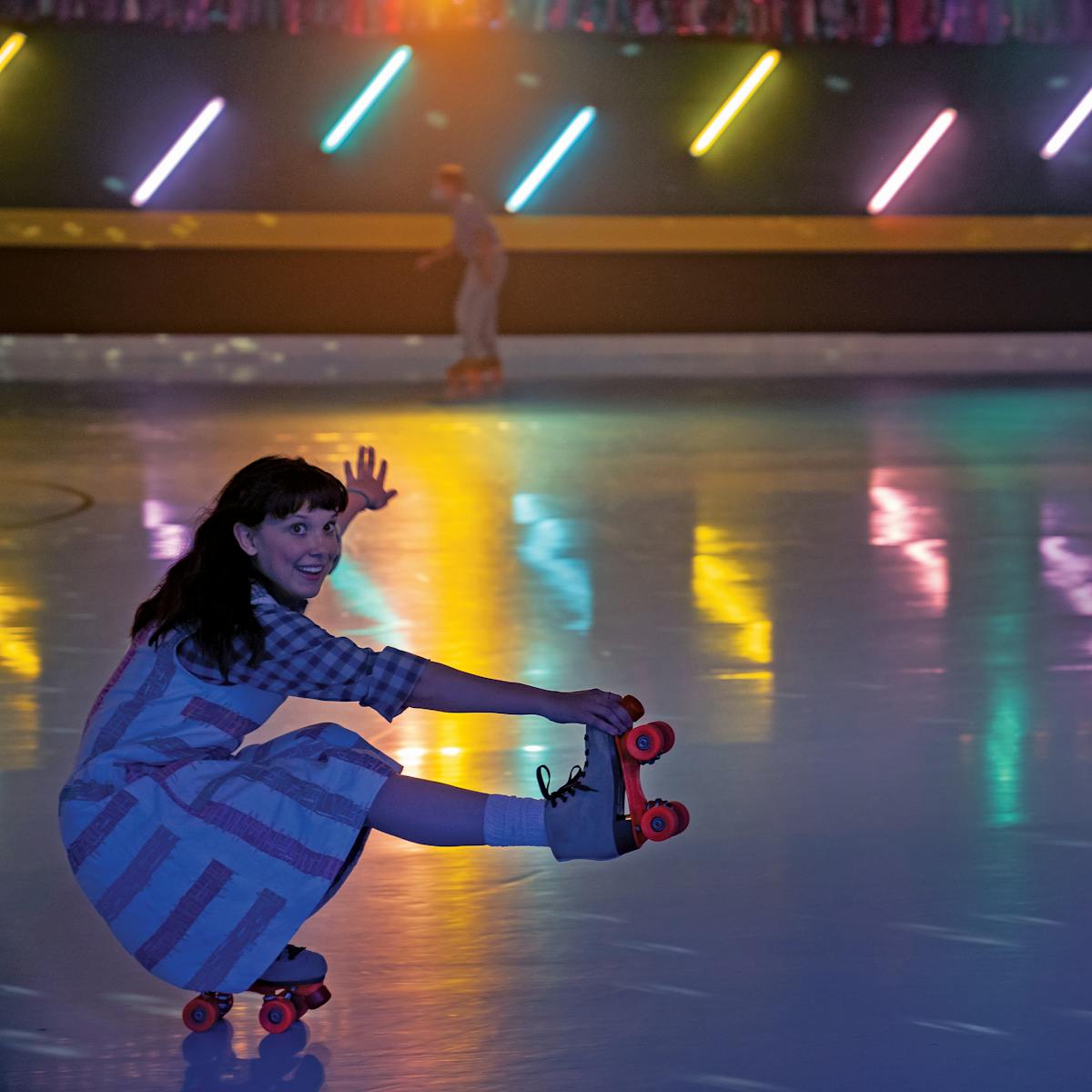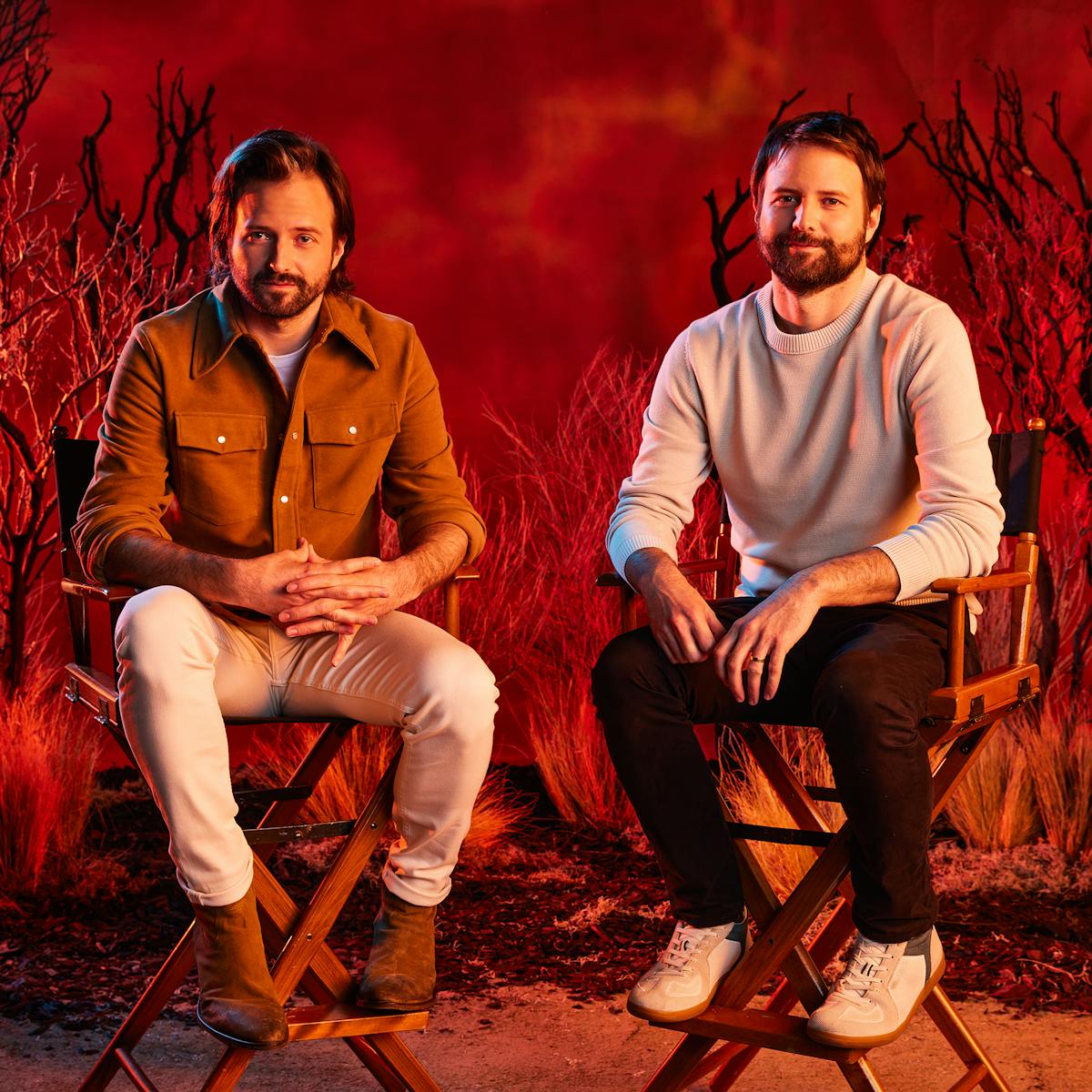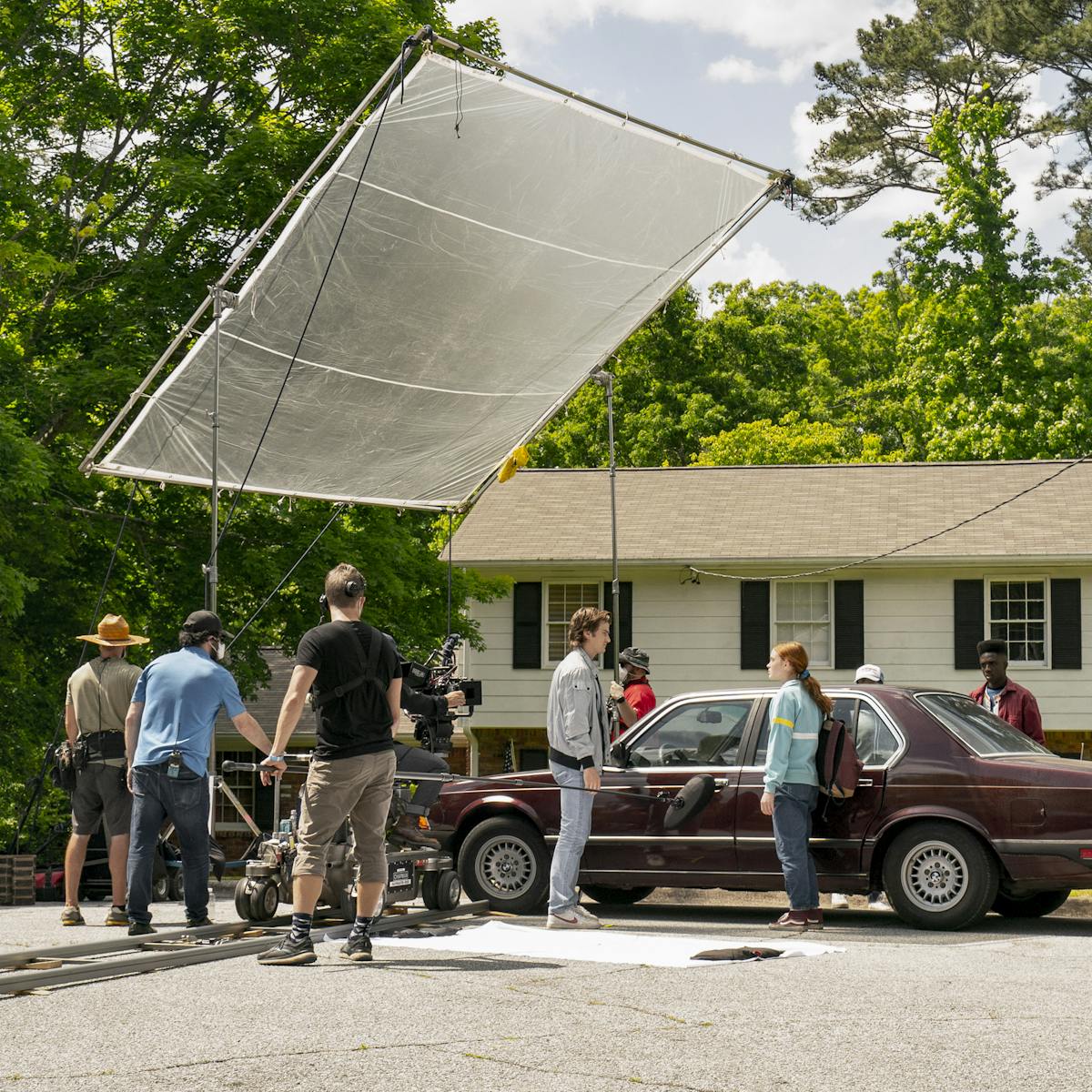The production design, prosthetic makeup, visual effects, and sound behind the terrifying first volume of Stranger Things 4.
As they developed the fourth season of their pop culture juggernaut Stranger Things, series creators Matt and Ross Duffer knew they wanted to take the supernatural drama in a slightly more adult direction — that meant giving their teenage protagonists the chance to face off against a truly terrifying foe, inspired in part by slasher movie icons from the 1980s. “They’re not kids anymore,” Matt Duffer says. “That’s why this season we leaned more into horror. We figured they should be in their own [version] of A Nightmare on Elm Street, basically.” Ross Duffer agrees: “The tone is different.”
Enter Vecna, the sadistic soul collector who wields immense psychic power and bears a surprisingly strong connection to Millie Bobby Brown’s heroic Eleven. Compellingly played beneath layers of prosthetic makeup by English actor Jamie Campbell Bower, the lethal villain caused more than a few sleepless nights for Stranger Things’s award-winning behind-the-scenes team. Prosthetics designer Barrie Gower was tasked with conjuring Vecna’s sinister appearance, while production designer Chris Trujillo created his eerie lair.
Gower and Trujillo worked in concert with visual effects supervisor Michael Maher Jr. and his team, who augmented their efforts while tackling countless ambitious sequences — from the disturbing flashbacks depicting Eleven’s time in Hawkins National Laboratory to the harrowing scenes of Vecna claiming his victims. Craig Henighan, the show’s supervising sound editor and re-recording mixer, enhanced those gruesome moments further with chilling, bone-shattering sounds. “The scope of this season was basically double what it was in past seasons,” Henighan says. “There was a lot of ground to cover.”
Queue spoke to the show’s top artisans — now Emmy-nominated for their work on the seven episodes that make up Stranger Things 4 Volume 1 — to learn more about how it takes a village to make a supervillain.
Production Design
With a narrative that stretched far beyond the show’s usual Hawkins, Indiana setting — visiting Southern California, Alaska, and even Russia —Trujillo’s Stranger Things 4 to-do list was formidable. One of the most challenging projects involved creating the Creel home, a stately manor that becomes a central hub for the story and holds important clues to Vecna’s origins. An extensive search led the production to a Gothic Revival property in Rome, Georgia. “We wanted to get something with presence,” Trujillo explains. “As soon as we saw this house, we were like, Wow, this is a frightening house. It just looms up in front of you.”
Working from that blueprint, Trujillo recreated the sprawling interior of the residence on the soundstages outside Atlanta, where the show is filmed. He designed the first and second floors, as well as an expanded attic space, knowing that the Creel house would be depicted in three very different incarnations — the first in 1959 when the Creel family takes possession of the home. “The flashback sequences are when the house is at its most pristine,” the production designer says. “It still has this air of being something special. Then, we see this very dark series of events happening there.”
By 1986, when Stranger Things 4 takes place, the home has fallen into an extreme state of disrepair, or as Trujillo says, “It’s in full-on dilapidated haunted-house mode.” The third incarnation of the house exists in the alternate dimension of the Upside Down, an element of the “mindscape” where Vecna dwells. Pieces of the residence hover in mid-air, as though it has exploded into floating shards. The surreal setting was inspired in part by the dystopian work of Polish artist Zdzislaw Beksinski. “Ultimately, the house, we discover, has a formative effect on the character,” says Trujillo.
Prosthetic Makeup Effect
Thanks to its below-the-line experts nailing the distinctive mid-1980s looks created for the cast, Stranger Things 4 is now Emmy-nominated in both the Period and/or Character Hairstyling and Period Character Makeup (Non-Prosthetic) categories. But it was the prosthetic makeup Gower designed for Vecna that arguably garnered the biggest reaction from the show’s fans — and its cast. Based on concept drawings by V.F.X. supervisor Michael Maher Jr., the larger-than-life character was given skeletal facial features, gnarled exposed flesh, and large, distorted hands with elongated fingers ending in sharp talons. “He’s very sleek, very streamlined,” Gower says, “so, rather than doing a rubber suit, we designed it as a prosthetic makeup.”
Gower was part of the four-person team tasked with applying the roughly 25 separate silicone and foam latex appliances that would be glued onto Bower each day he shot scenes as Vecna — a process that took roughly seven hours and required Zen-like patience on the part of the actor. “He’s got dentures, he’s got contact lenses,” Gower notes. “We really put him through the ringer.” All that effort paid dividends on set, as the actors found themselves genuinely frightened of Bower once his transformation was complete. “The fear was definitely very real,”says Brown. “I didn’t have to act.”
Visual Effects
To augment Gower’s prosthetic makeup, V.F.X. supervisor Michael Maher Jr. and his team of artists digitally created a mass of slithering vines that crawled across the character’s body in the Upside Down, sometimes holding him suspended in mid-air and extending around him like a spider’s web. “Rodeo, the main vendor who created Vecna as a C.G. asset, developed a really eerie way to animate the vines through a process called a ‘U.V. crawl,’ which is basically a moving texture displacement — we could adjust the speed of each individual vine separately per shot,” Maher explains.
V.F.X. also were utilized for scenes where Vecna digs his clawed hand into the faces of his victims as he claims their souls. “We added a little displacement of the skin to show just how deep the nails would dig in,” Maher Jr. says. “It was a beautifully disgusting process. The end result was pretty visceral, and I think that’s due to Rodeo matching the prosthetic and adding moving vines so convincingly.”
Sound
To enhance that visceral quality even further, Henighan used some inventive methods to create the crunching sounds the victims’ bones make as they shatter in Vecna’s superhuman grip. His creative process began with “a few trips to the grocery store!” Henighan says. “We start with all the usual suspects: celery, chicken, anything that can give us a good crunch or break. [Or we will use] plywood that has been cut a few times and then apply pressure to the wood to get it to crack. We also add in subtext sounds like animal vocals or metal wronks to add character to the sound. The most important thing is to clear out any sounds just before the breaking sound — it’s a less is more philosophy, using a little beat of silence, then BONE SNAP!!”

